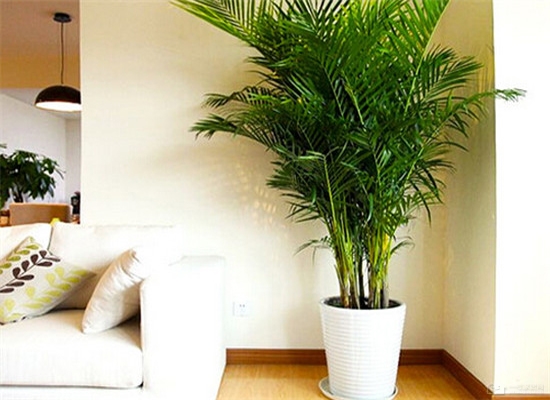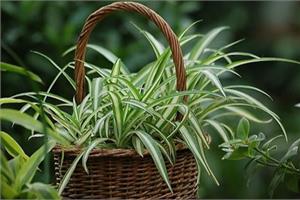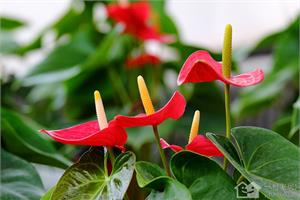Introduction of common diseases in indoor plant sunflower planting
Influenced by green design, many modern people like to add a few plants to their homes. These plants can be used as decorations and make their homes more lively. Among many plant species, horseradish cultivation is the choice of many friends.

Three of the most common diseases in the growing process of horseradish are leaf blight, root rot and insect pests. How to deal with these diseases?
I. Disease blight
The leaf blight is a common disease caused by fungi infection, which has a great impact on the growth of horseradish. The light disease will dry the leaves, and the serious disease will lead to the death of the whole plant.
1. Symptoms The pathogen infected the leaf tip and leaf edge first. At the initial stage of the disease, the infected place was brown spots or strip-like patches. At the middle stage, the spots or patches gradually expanded and connected with each other. At the later stage, the leaves were gray and dry.
2. Pathogenic bacteria overwinter on diseased plants or in soil, spread by conidia by wind, rain and watering, and invade from plant wounds. High temperature, high humidity and airtight environment prone to this disease.
3. Prevention and control methods Strengthen disease inspection and do not introduce diseased plants; Strengthen ventilation, avoid rain and spraying during the onset period; timely cut off the affected branches and leaves to prevent further infection, and apply Dakoning ointment to the wound after pruning; if there is disease, spray 70% thiophane methyl 800 solution or 75% chlorothalonil 1000 times solution, spray once every 7-10 days, spray 3 to 4 times continuously, which can effectively control the disease.
II. Root rot
1. The excessive moisture of the basin soil is one of the reasons for the root rot of the horseradish. It should be noted that it is not the case that plants can absorb and utilize water as long as there is water in the soil. When the pot soil is too wet, it affects the respiration of plant roots, thus affecting the absorption of water by roots, and at the same time leading to water shortage in plants and the appearance of scorched tips and scorched edges of leaves.
2. Fertilization is too thick. Excessive fertilization will cause reverse osmosis phenomenon of plant root cells and make plants lose water. When the degree is light, it will lead to the burning tip and burning edge of leaves, and when it is serious, it will cause the death of rotten roots.
III. Pests
The main pests of Areca are citrus and shield scale.
Damage characteristics: 1-2 generations per year. Adults and nymph attach to leaves and petioles to suck sap, affecting plant growth.
Prevention and control methods: When a small number of insects are found, they should be scraped in time. When the occurrence amount is large, spray 800 times solution of 50% glufosinate EC. Spray 2-3 times is appropriate.
Friends who have the above phenomenon of indoor planting of horseradish do not need to worry too much. After reading this article, you can prescribe the right medicine. Proper treatment can maintain the horseradish at home.
Related
- Wuhan Hospital Iron Tree Blooming Result Was Instantly Frightened by the Gardener Master
- Which variety of camellia is the most fragrant and best? Which one do you like best?
- What is the small blue coat, the breeding methods and matters needing attention of the succulent plant
- Dormancy time and maintenance management of succulent plants during dormancy
- Minas succulent how to raise, Minas succulent plant pictures
- What are the varieties of winter succulent plants
- How to raise succulent plants in twelve rolls? let's take a look at some experience of breeding twelve rolls.
- Attention should be paid to water control for succulent plants during dormant period (winter and summer)
- Watering experience of twelve rolls of succulent plants
- Techniques for fertilizing succulent plants. An article will let you know how to fertilize succulent plants.



